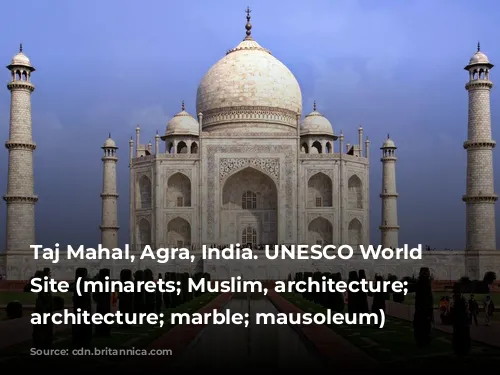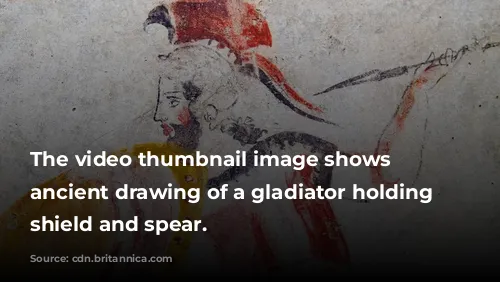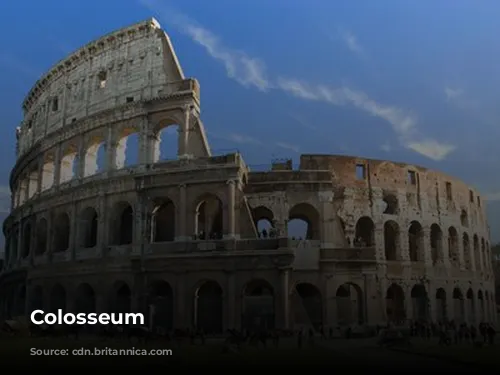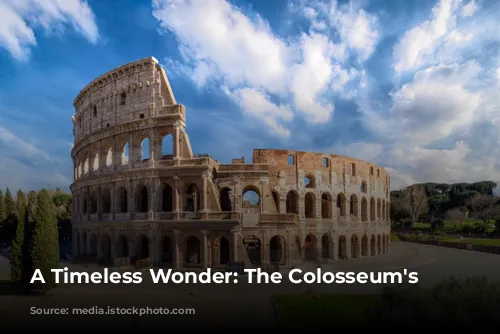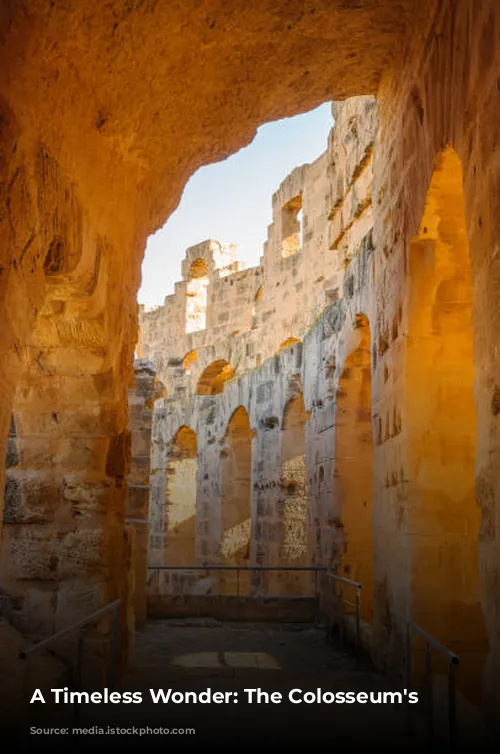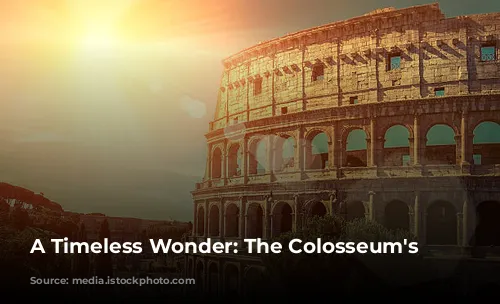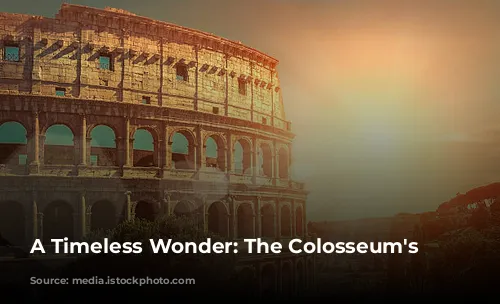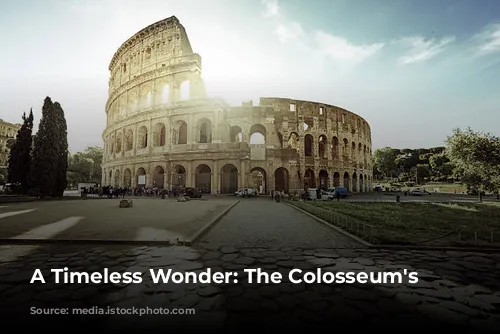The Colosseum, a monument to ancient Roman skill and grandeur, stands today as one of the few mostly intact structures from the Roman Empire. It is not only a testament to the architectural and engineering prowess of the Romans but also a significant source of income for the Italian government. In 2018, the Colosseum, Roman Forum, and Palatine Hill together generated over $63.3 million (€53.8 million), making it Italy’s top tourist attraction.
This incredible landmark has weathered the storms of time, enduring centuries of neglect and repurposing. After the fall of the Western Roman Empire, the Colosseum fell into disrepair. During the 12th century, the Frangipane and Annibaldi families transformed the arena into their fortress. The late 15th century saw Pope Alexander VI authorizing the Colosseum’s use as a quarry, stripping it of its precious materials. After over a thousand years of neglect, the Italian government initiated restoration efforts in the 1990s, breathing life back into this ancient marvel.
The Colosseum was conceived as a testament to Roman power and a symbol of imperial revitalization. Emperor Vespasian, seeking to reassert Rome’s dominance after the turbulent year of the four emperors (69 CE), envisioned the Colosseum as a spectacle of entertainment. This grand amphitheater was designed to host gladiatorial combats, thrilling animal hunts, and even mock naval battles. The Colosseum was intended to be a place where the Romans could gather, celebrate, and experience the full might of their empire.
Construction began under Emperor Vespasian between 70 and 72 CE. The Colosseum was finally dedicated in 80 CE by Vespasian’s son and successor, Emperor Titus. The fourth story was added in 82 CE by Emperor Domitian. The construction of the Colosseum was financed through the spoils of war, specifically from Titus’s conquest of Jerusalem in 70 CE. The labor force was comprised of enslaved Jews from Judea, adding a somber note to the Colosseum’s history.
A Monument of Scale and Design
The Colosseum, also known as the Flavian Amphitheater, is an elliptical structure built with stone, concrete, and tuff. It rises to four stories, towering over 620 feet long and 513 feet wide (189 by 156 meters). The Colosseum could hold up to 50,000 spectators, providing an intimate and immersive experience for the masses. The Colosseum’s construction was a marvel of engineering, demonstrating the Romans’ mastery of building techniques and their ability to create colossal structures that could withstand the test of time.
The Colosseum’s location was carefully chosen. It was built east of the Palatine Hill, on the site of Nero’s Golden House. The artificial lake, once the centerpiece of Nero’s palace complex, was drained to make way for the Colosseum. This decision was as much symbolic as it was practical. Vespasian, a man who rose from humble beginnings, chose to replace Nero’s extravagant lake with a public amphitheater, a symbol of the shift from tyrannical rule to a more inclusive and democratic society.
The Colosseum’s construction was a testament to Roman ingenuity. The amphitheater stands as a freestanding structure, unlike many earlier amphitheaters that relied on hillsides for support. The Colosseum’s structure, incorporating a complex system of barrel vaults and groin vaults, allowed for its immense size and stability. The structure’s facade features engaged columns in the Doric, Ionic, and Corinthian orders, creating a visually stunning display of Roman architectural mastery. The Colosseum’s design influenced architecture for centuries, becoming a model for later amphitheaters and inspiring architectural styles.
Spectacle and Symbolism
The Colosseum provided a stage for grand and thrilling spectacles, drawing crowds from across the empire. The amphitheater seated around 50,000 spectators, sheltered from the sun by a massive retractable velarium (awning). This ingenious awning was operated by hundreds of Roman sailors, who skillfully manipulated the rigging to extend and retract the velarium. The Colosseum was home to thousands of gladiator combats, contests between men and animals, and mock naval battles. These events were a testament to Roman power and provided a means for the empire to entertain and control its populace.
Although the Colosseum is often associated with gladiator combat, its purpose extended beyond the arena. The Colosseum was also a place of religious ceremony, political propaganda, and social gatherings. It provided a platform for the emperors to showcase their power and authority, cementing their position as leaders of the empire. It is a testament to the versatility of the Colosseum that it could serve such diverse purposes, fulfilling both entertainment and political agendas.
A Legacy of Time and Restoration
The Colosseum’s legacy extends far beyond its role as a spectacle venue. After the fall of the Roman Empire, the Colosseum fell into disrepair and was repurposed for other uses, highlighting the cyclical nature of power and the ever-changing landscape of history. The Colosseum’s story is a reminder that even the grandest structures are subject to the forces of time and change. However, the Colosseum’s enduring presence is a testament to the power of human ingenuity and the enduring legacy of Roman civilization.
The Colosseum’s history is also a testament to the enduring power of human curiosity and appreciation for the past. The Colosseum’s preservation is a testament to the power of cultural heritage and its ability to connect people across time and distance. It is a reminder that even in the face of neglect and destruction, the human spirit can restore, preserve, and celebrate the wonders of the past.
The Colosseum’s enduring legacy stands as a beacon of Roman civilization. It is a symbol of the empire’s power and grandeur, its architectural ingenuity, and its ability to entertain and inspire the masses. Today, the Colosseum continues to be a major tourist attraction, receiving millions of visitors each year. As visitors explore the Colosseum’s ruins, they are transported back in time, experiencing the grandeur of Roman civilization and appreciating its lasting influence on the world. The Colosseum’s story is a testament to the resilience of human ingenuity, the enduring power of human curiosity, and the enduring legacy of Roman civilization.
